|
Two weeks ago, I delivered the Pope to the Clerkenwell Gallery in London for the first-ever exhibition of the Society for Embroidered Work. It was the start of a fantastic, but exhausting week meeting lots of lovely people and seeing some fantastic embroidered pieces. The gallery space itself was wonderful with beautiful lighting and enough room on two levels for all our works to be beautifully exhibited. I did manage to make three videos:
I do apologize for the poor quality, but I hope you get an impression of the huge variety of works on display. Participating artists were: Cat Frampton, Emily Tull, Lou Baker, Edith Barton, Vivienne Beaumont, Rachel Brown, Rebecca Bruton, Stacey Chapman, Nancy Cole, Deborah Cooper, Claire Cooper-Walsh, Elizabeth Griffiths, Sarah Gwyer, Amanda Hartland, Catherine Hicks, Jacqueline Hockley, Sue Hotchkis, Sarah J. Hull, Aran Illingworth, Heidi Ingram, Lina Izan, Anne Kelly, Angela Knapp, Rowena Liley, Anna Liversidge, Marna Lunt, Christina MacDonald, Reena Makwana, Niki McDonald, Ellen Moon, Claire Mort, Lydia Needle, Sue Nicholls, Julia O'Connell, Vicky O'Leary, Frances Palgrave, Sharon Peoples, Yvette Phillips, Imogen Rhodes-Davies, Christine Rollitt, Holly Searle, Arlene Shawcross, Jo Smith, Sue Spence, Bridget Steel-Jessop, Sue Stone, Dionne Swift, Annie Taylor, Olga Teksheva, Kate Tume, Lilach Tzudkevich, Alison Wake, Maria Walker, Helen Walsh, Joan West, Alison Whateley and Holly Yates. A huge thank-you to Cat Frampton and Emily Tull for all their hard work in curating such an incredible exhibition. Those two ladies put in their heart and soul to make it all a success. Let's hope we can pull off an exhibition at regular intervals around the world to promote stitched art as art!
6 Comments
A few days after I had submitted my goldwork piece for the 'Emerging Fiber Artist' print exhibition by the Fiber Art Network, I received an email. Pope Francis had not made it into the exhibition due to the high volume of extraordinary work submitted this year. I did ask if they could be a little more specific, but I did not receive an answer. My guess is that, due to its religious content, my piece might be uncomfortable. Or maybe it is because I am not an emerging, but an established textile artist? Or were they looking for more abstract pieces? Or more mixed-media? We will only know when the print exhibition comes out. In the meantime, let's continue exploring how I made Francis shine! One of the main differences between modern goldwork techniques and the way Late-Medieval embroiderers used their gold threads, is that they don't often plunge. You can see that clearly in the picture above. The ends of the threads forming the lentil around the window are just cut to size and then secured with a few extra stitches. Another difference: gold threads are happily layered. This is often done to accentuate parts of the design. Or to hide an ugly edge as in the picture above. The gilt Twist covers the ends and turns at the top of the gold screen behind the figure. At first, it is really weird to lay a goldthread over other goldthreads and stitching it in place. Yes, you might stitch through the threads, but that's okay! And this layering of threads opens up so many nice possibilities. As I am not doing a historical reconstruction, I was able to use 'modern' threads. Originally, the separations between the roofing tiles were stitched with passing thread. Due to the pattern, they had to start and stop the thread many times. Far too time-consuming! I decided to use the Coronet Braid #8 by Rainbow Gallery. I couched my long stitches down with a fine metallic threads by YLI. I struggled a bit with the keystone. The padding was a straightforward yellow cotton string. But then I used the same thread as I had used for the gold screen: gilt passing thread #6. However, I wasn't pleased with the result. The thread was just too stiff to sit smoothly atop the padding. So, out it came... That's not a nice job and it probably took twice as long as putting it in. Due to the fact that some of it went on top of previous stitching, that had to be repaired too. Luckily, my second attempt with a finer passing thread looks very pleasing. Next up were the city or castle walls. Firstly, I put in all the string padding. When the padding was wider, I simply couched down an additional piece of waxed yellow string. The construction of the city walls is very straight forward: couching down gilt passing thread #6 with red Chinese flat silk. Again, the edges are covered with two thicknesses of gilt Twist. This defines the shapes and hides the rough edges underneath. Next up is the construction of the middle section of the city walls. Due to the nature of goldwork, you are often left with gaps between previous stitching and the next. In this case, there is a gap between the passing thread and the red silken lentil of the window. However, this gap nearly disappears when the Twist is couched over the top. This is what the finished city walls look like. Next up was the 'keystone' on the roof. I padded it with stranded cotton using chain stitches. This is an ideal way to pad irregular shapes as it is very flexible. I then used gimped couching with the thinner passing thread to fill the shape. To let it stand out some more, I added an edge of couched black stranded silk. I drew the two towers on a separate piece of linen. Making separate pieces and then applique-ing them onto the piece gives the whole embroidery a better sense of depth. This stumpwork is a key characteristic of these Late-Medieval embroideries. After the string padding and the or nue couching, I cut out the pieces. I turned the small seam under and secured it with a dap of white glue. I pinned the towers in place and couched them down. I added a spangle with a 3mm amethyst bead (bought when I visited Crete) to the diamond shapes. And last, but not least, I couched down a black stranded silk edge around the tower shapes for maximum contrast. To finish the background, I couched down two double rows of Rococo thread with red Chinese flat silk.
As this blog post is already rather lengthy, I'll save the finishing of the figure and the putting together of figure and background for a future blog post. You can find all blog posts related to this project by clicking Pope Francis in the categories menu on the right. Only about eight months ago, I would have staged my finished goldwork piece the minute I had put the last stitch in. I would have opened Instagram and take the perfect picture. I would have spent some thought on the right description to go with the picture. Which hashtags would generate the most traffic? And then I would have stayed awake for at least another 30 minutes to be able to answer to the first reactions coming in. All in the name of generating more traffic to my Instagram account and ultimately to my website and my webshop. BUT, it was already far past midnight when I finished Francis. AND I had worked my body to the brink of collapse over the past few weeks in order to make the deadline. So instead, I wished Francis goodnight, turned off the lights in my studio, brushed my teeth in the dark so as not to wake my dear husband and then slipped carefully between the covers for a well-deserved rest. And after a good night's sleep, I didn't immediately write a blog post about the piece either. Francis has been mine alone for a whole other week! That's bliss in a society where we increasingly share our whole life the minute it happens. Hoping to generate as many likes as possible. One must be mad to step away from all the instant digital love :). Enough musings: here he is! Isn't he gorgeous? I love the over-the-top bling. It satisfies my inner magpie. For those of you who are interested in the technical aspects of the piece: no worries. I will write at least another blog post detailing how I came to this rather stunning end-result. But for now: enjoy the bling!
P.S. You can find the first three blog posts on this project by clicking the "Pope Francis" category on the right. We finally have warmer temperatures and no more fresh snow here in the south of Bavaria! It is even warm enough to sit outside on the balcony :). Can't wait for all the snow to melt away. I love to go for long hikes and really feel blue when I can't in the winter due to slippery conditions. It will be so good to hike up the mountains again in a few weeks time! Unfortunately, last week I got some bad news from the Künstler Sozialkasse: my appeal has been dismissed. I tried to gain official artist status with this organisation as it would mean that I get cheaper health insurance and a modest pension plan. The state now sees me as an entrepreneur who makes tons of money each year. The high rates for health insurance and my private pension plan reflect this. You can read my first blog post on this here. The long letter explaining to me why I am not an artist is written in beautiful lawyer's German. I am so glad that I have a doctorate; it really helps to understand what they are saying. It mainly boils down to: embroidery has never been an artform historically speaking and can thus now not be an art form either. It is simply a craft. That's HUGE!!! This means that unless I am changing my medium, I am never going to be recognised as an artist. Over the past months, several artistic friends have indeed suggested that I should incorporate at least a little paint as that would mean that I can brand my pieces as mixed media. For laypeople: that's one step up from 'textile art' :). The other point they are making is that my pieces don't have a deeper layer of meaning. And therefore they are no art. Plainly not true. I made the above piece in 2011 for my RSN Diploma. It translates the key-Buddhist principle of 'doing the right thing at the right time' into textile. This was one of the pieces which I submitted to the Künstler Sozialkasse to proof that I am making at least some pieces with this 'deeper layer of meaning'. My RSN advanced goldwork piece, also from 2011, is full of Christian symbolism explaining who St. Alanus was. And my most recent piece of Pope Francis certainly has a whole bunch of layers. I submitted the plans for this piece too. I don't know why they don't acknowledge these points.
But, the whole thing about a deeper layer of meaning = automatically art has a disturbing consequence. What about the hyper-realistic portraits of painters like Holbein? The naturalistic still lives of many famous painters since the Renaissance? Is that not art? Just craftmanship? I also submitted various needle paintings made from photographs of flowers I had taken myself. They were dismissed as not being art. And what about the wood carvers here in the Ammertal that mainly copy historical wood carvings which sell well to tourists? Most of them are in the Künstler Sozialkasse. My interpretation of a historical orphrey (St. Laurence) was not seen as art either. My conclusion thus is that my embroidered pieces will never officially been seen as art: I simply use the wrong medium. I now have three options left: 1) take the Künstler Sozialkasse to court and fight the dismissal, 2) change my medium & start a fresh application or 3) become a famous textile artist accepted by peers & start a fresh application. The first option is something I cannot afford and I doubt that I will be able to plead my case successfully. After all, I can't change the history of embroidery. The second option is something I am simply not willing to do. My medium is embroidery, I don't feel comfortable working in paint. The third option is the way I will be going. However, I will probably not submit a new application. As a successful textile artist, I hopefully will be able to pay the full fees for my health insurance and decent pension plan myself. I was raised to be a responsible citizen: you don't ask for benefits unless you really need them. As suggested by some after my first blog post on this whole matter, I did contact the German embroidery guild to see if they could help. They never replied to my emails. On the upside: I am now getting health insurance through my husband's employer and don't pay a penny for it. Our family income has fallen below a certain point and that made me eligible. I also met the deadline for finishing my Pope Francis piece (you'll meet him next week!) and submitting it for the Fiber Artist Network emerging fiber artists grant. I just hope that they see me as just starting out and not as somebody who has been a full-blown textile artist all these years without knowing it herself. That would just be too bittersweet.... Since I've started to define myself as an embroidery artist rather than a craftswoman, I've come across a whole new group of art embroiderers I previously knew nothing about! Especially if you come from the craft-side of embroidery as well, you will be in for a treat! First up is Agnes Herczeg from Hungary. I came across her colourful intricate miniature art through an article in Fiber Art now; the quarterly publication of the Fiber Art Network. Agnes trained as a textile restorer and has great admiration for the skill of needleworkers in the past. Her own pieces are made with needle lace, pillow lace and braiding. She also integrates wood, coconut shell and ceramics. The thread is then painted to great effect with aquarelle. You can tell from the pieces that Agnes's technical skill is superb! You can view more of her work on her website. Another textile artist I discovered through Fiber Art now magazine is Lana Crooks. I think it is because I was an archaeologist specialised in animal bone, that her creations appeal to me a lot. Lana creates skulls from felt and then adorns them with for instance bead embroidery or Victorian hair work. The finished pieces are then placed under those antique glass domes with a wooden base. Like a cabinet of curiosities! Explore her work on her website. I also receive a newsletter from The 62 Group of Textile Artists. Amongst many other things, it contained a link to an article by Amber Butchart: The artificial divide between fine art and textiles is a gendered issue. Well worth a read if you want to explore how needlework was viewed in the distant past and why and how things changed. The same newsletter also contained a link to the BBC4 radio show 'Pursuit of Beauty'. This particular edition (In Stitches) is also hosted by Amy Butchart and explores the works and attitudes of several contemporary embroidery artists. You can listen to the show here. Another embroidery artist featured in the summer issue of Fiber Art now is Michelle Kingdom. I love her style as each piece reminds me of a fairy tale. And just as in many fairy tales there is a darker component, Michelle's embroideries have something creepy too. Looking beyond the mere picture, I am equally intrigued with her unique embroidery technique. Not only does she layer straight stitches to create a sense of depth, she also cleverly makes use of the background fabric by leaving it blank. You can find out more about Michelle Kingdom and her work on her website.
As I have written before, I am trying to get recognised as a textile artist instead of a craftswoman by the authorities. Germany, and indeed some other countries, have legislation in place that provides cheaper health insurance, a modest pension and tax relief for artists. For as long as I have been self-employed, I have been treated like any other small business. That's not really fair when you know that I often can't even charge the legal minimum wage of €8,83 per hour. To give you a sense of perspective here: when I was a self-employed archaeozoologist, I charged €65 per hour like everybody else. Most people who know me and my embroideries thought it would be easy to get this formal recognition as an artist. Unfortunately, that has not been the case. And as my latest down-turn is so hilarious, I am going to share it with you. So what happened? My official application was finally, after a round of corrections, turned down. However, I was allowed to appeal. One of the things the authorities criticised was my lack of recognition amongst fellow artists. So I decided to join the Fiber Art Network (FAN): a great place to learn about grants and exhibition opportunities. This will certainly help me in the near future! Then I applied to the TAFA-List (Textile Art and Fiber Art List) to be included. As this is a vetted list, it has a little more credibility than FAN. And the list's curator Rachel Biel, has been very helpful in suggesting a few changes to my website in order to make it more obviously art. Unfortunately, I have not been able to find a German association for textile artists. So I applied for membership at a local artist society. And then things went bonkers! I wrote them a lovely email explaining who I am and what I do. What I would like to achieve artistically in the future and how I thought membership could help me achieve this. It was followed by 14, yes FOURTEEN, days of deafening silence. I decided to re-send my original email, minus the pictures; after all you never know if they had clogged up their email boxes :). I promptly got a reply. I was told that 'after lengthy discussions' they had turned down my application as my embroideries are of very high quality but firmly belong in the realm of craftsmanship or are at best 'applied art'. Not 'real art'. Wow, that dampened my spirits. A nagging self-doubt emerged. Luckily I kept my wits about me and started thinking about the whole difference between craft, applied art and 'real art'. I perfectly know that not all my embroideries are automatically 'real art'. For me, a piece of art is art because it has different layers of meaning. So, I wrote a second email. In that email, I asked them to consider the new project I am working on depicting the pope and the encrusted pebble memory stones I make when beloved people pass on. I firmly believe they are ART. And this is the reply I got: Dear Mrs Grimm, Not only for us, but especially here in Bavaria, embroidery is a traditional craft. Your work is really very beautiful and also original, but clearly limited to the tradition of this craft. …. When you would like to mingle with artists, you are very welcome to attend our courses in figure- and portrait drawing or any other course that we will offer in 2019, for instance structures in oil or acrylic. We will publish these new courses on our homepage in January. Please don’t be blue, but we won’t ever exhibit stitched saints – not even when they are so very imaginative- as part of our group exhibitions. Chairwoman of the Artist Society Tusculum in Murnau Is she seriously suggesting I should take up drawing or painting so as to further my artistic developement? As the Dutch say: This makes my trousers drop! Then I realised that she excludes all textile artists that use embroidery from ever creating 'real art'. And that's when my self-doubt melted away completely. And I had a good laugh. Although I used to be impressed by this particular artist society, several of its members have attended art school, I now know that they have really limited and prejudiced views when it comes to art.
As you can probably imagine, this whole process is draining me. I am even battling with a cold; the first one in several years :). And although I know I will learn and grow through this experience, I do not have to like it, now do I? But it has helped to understand some of the other experiences I have had over the past seven or eight years in both Germany and my native Netherlands. Up until recently, I tried to be accepted by the artisans. This never really worked. Some fellow craftspeople reacted with suspicion to my embroideries. Visitors of high-end craft shows were openly hostile towards me and my work. Both groups repeatedly commented that my work has nothing to do with 'traditional embroidery'. They made it clear to me that I don't belong. Ironically, the 'other side', the artists, say I don't belong either. So what will I do? I did write my appeal to the authorities. I am pretty sure they will turn me down again. In the meantime, I will make camp on the fence and get to grips with the fact that I don't belong in either camp. I will keep creating my art embroideries and I will connect with fellow textile artists through FAN and TAFA. There is music in me that seeks a canvas. It will flow through my fingers onto that canvas using a needle and not a brush! Thanks to all who have written encouraging comments on last week's blog post regarding my first successful art exhibition! As you can probably imagine, I am still mulling it all over. Getting rid of self-limiting beliefs I have held dear for nearly 28 years can't be done overnight. And isn't easy either. At least I can pinpoint with ease where my 'I am not an artist' belief comes from. It was firmly ingrained by my first art teacher in college. I've never quite understood why he disliked (or was it even hate?) me so much. But I turned from a very creative kid into somebody who focussed on perfecting techniques instead. Not only did he tell me to my face and in front of all my classmates that my drawing or painting was shitty, he would even tear it up. Now that's a real confidence booster... Unfortunately, nobody was either able or willing to protect a sensitive 12-year-old from such a bully. He told my mother that he treated me the way he did because I should not think that I had what it takes to go to Art School. Never mind that I had never ever thought of going there in the first place. Fellow teachers I asked for help were merely telling me that art wasn't important enough to make a fuss. Luckily, I had a very different teacher the next year and I briefly enjoyed art classes again. Unfortunately, the rest of my college time I had to put up with the bully again. I skipped classes as often as I legally could and when I was there, I solved crosswords instead. And the rest is history. I became a scientist but wasn't happy as I did not fit the system. When I decided to quit and try to be a craftswoman it took till last week to see I was sending a mixed message. And that made a mess. Time to clean it up. I am aware that this might alienate people as they don't understand, but that's a risk I am prepared to take. Life is too short and very precious! To end this blog post on a lighter note: the cats. As I am working on two projects at the moment, I've set up two frames. When I came into the studio this morning, both chairs were already occupied. Luckily, I was allowed to sit on one of them after breakfast. Sammie needed to harass some dragonflies and bring me one as a present (no worries, it was undamaged and released into the garden). Unfortunately, this is what happened during my lunch break: What was I to do? As a good cat-mum, I just couldn't shoo either one of them from their respective chairs and resume working on either embroidery project. That's just not done and would disregard the Geneva Convention on the proper treatment of cats. Instead, I decided to sit behind my laptop and write a blog post :).
|
Want to keep up with my embroidery adventures? Sign up for my weekly Newsletter to get notified of new blogs, courses and workshops!
Liked my blog? Please consider making a donation or becoming a Patron so that I can keep up the good work and my blog ad-free!
Categories
All
Archives
July 2024
|
Contact: info(at)jessicagrimm.com
Copyright Dr Jessica M. Grimm - Mandlweg 3, 82488 Ettal, Deutschland - +49(0)8822 2782219 (Monday, Tuesday, Friday & Saturday 9.00-17.00 CET)
Impressum - Legal Notice - Datenschutzerklärung - Privacy Policy - Webshop ABG - Widerrufsrecht - Disclaimer
Copyright Dr Jessica M. Grimm - Mandlweg 3, 82488 Ettal, Deutschland - +49(0)8822 2782219 (Monday, Tuesday, Friday & Saturday 9.00-17.00 CET)
Impressum - Legal Notice - Datenschutzerklärung - Privacy Policy - Webshop ABG - Widerrufsrecht - Disclaimer

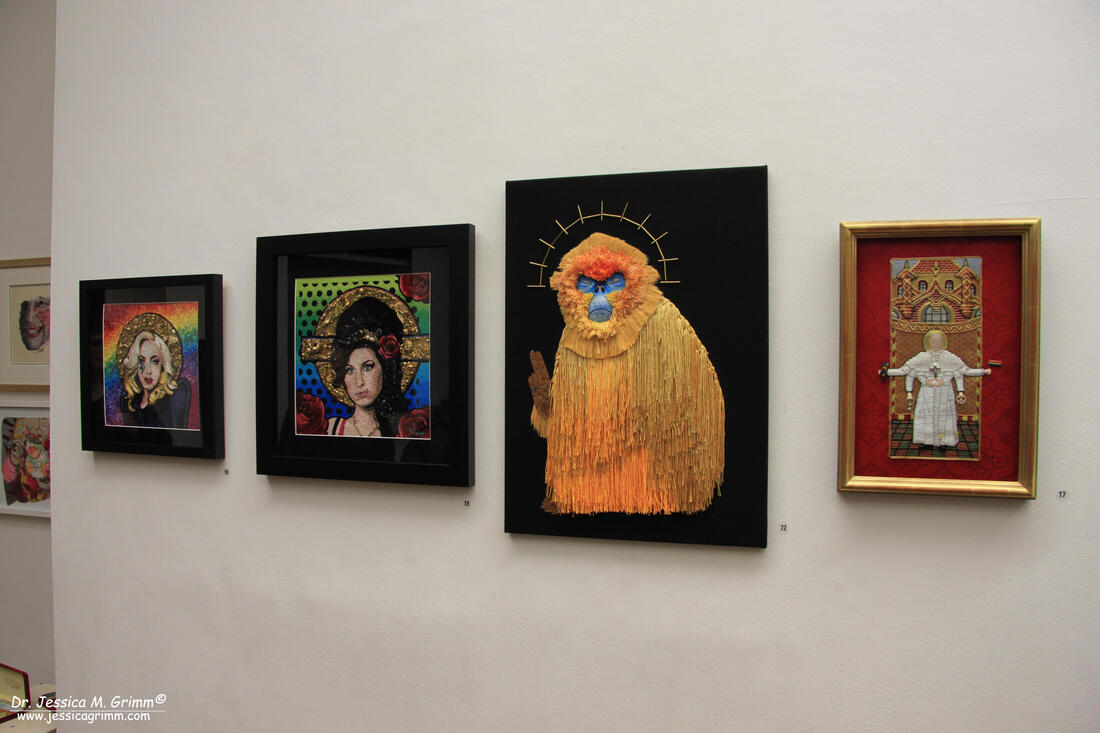
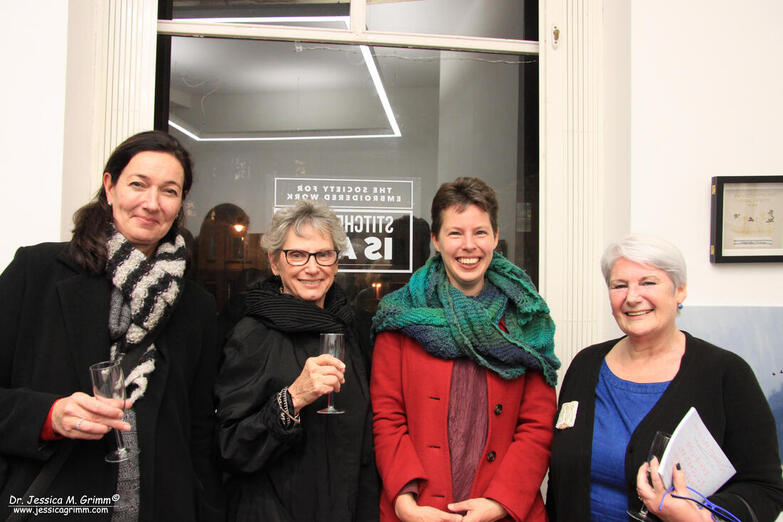
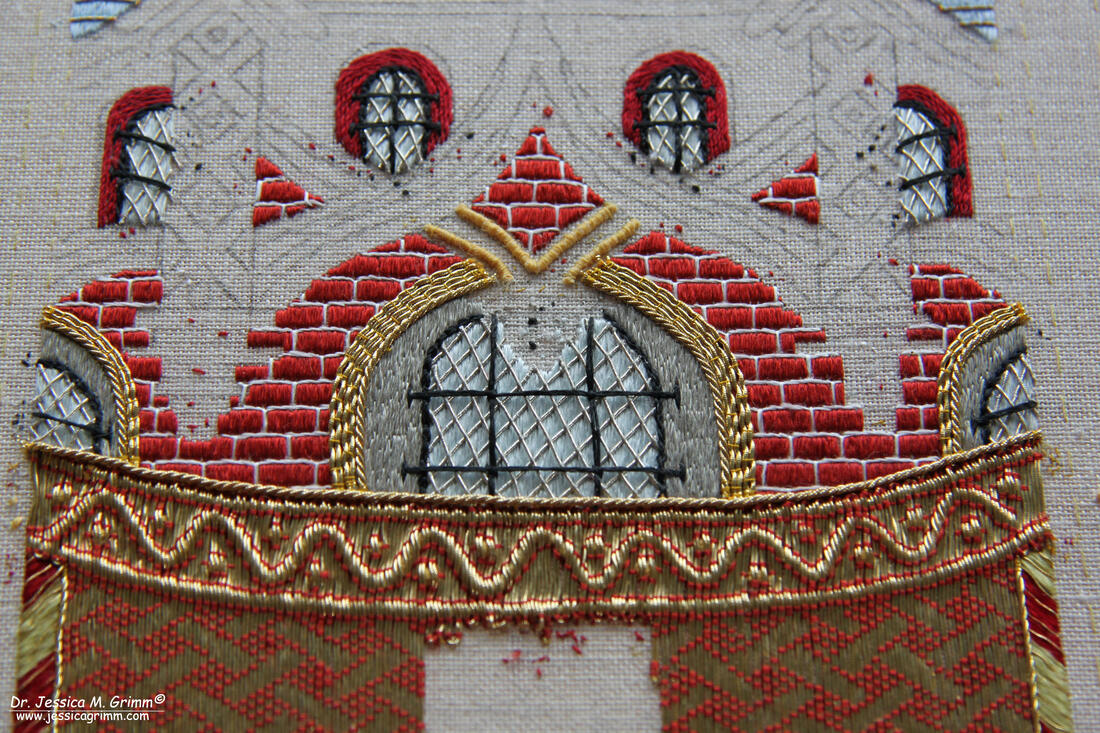
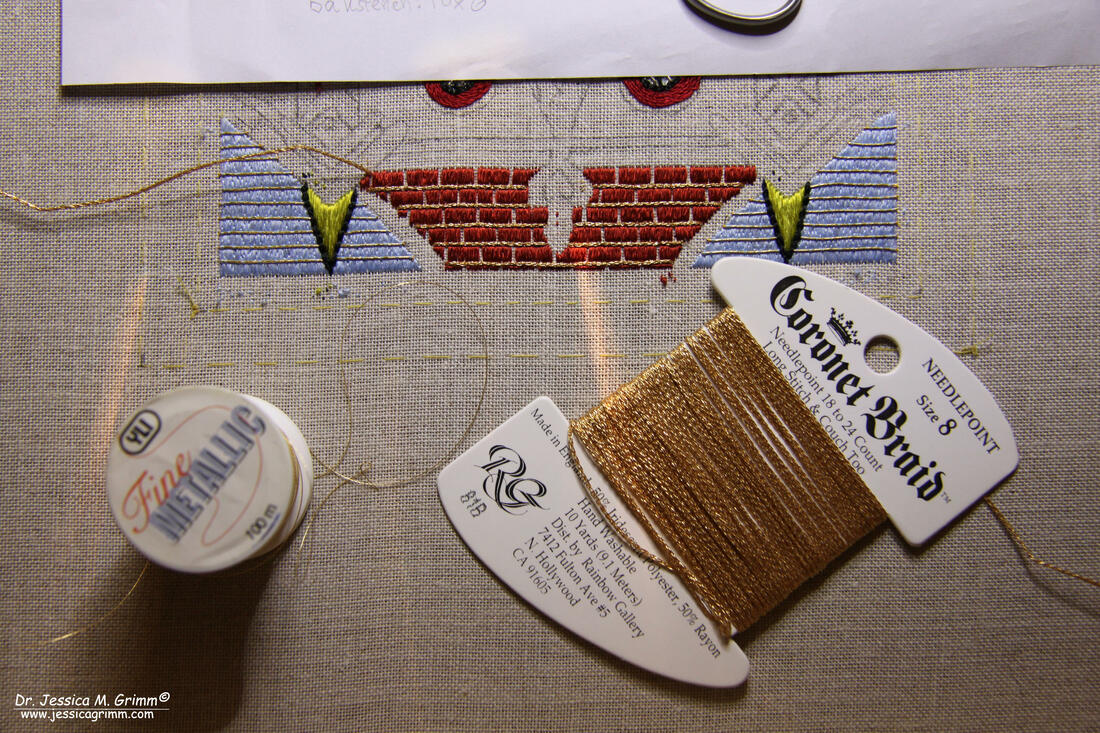
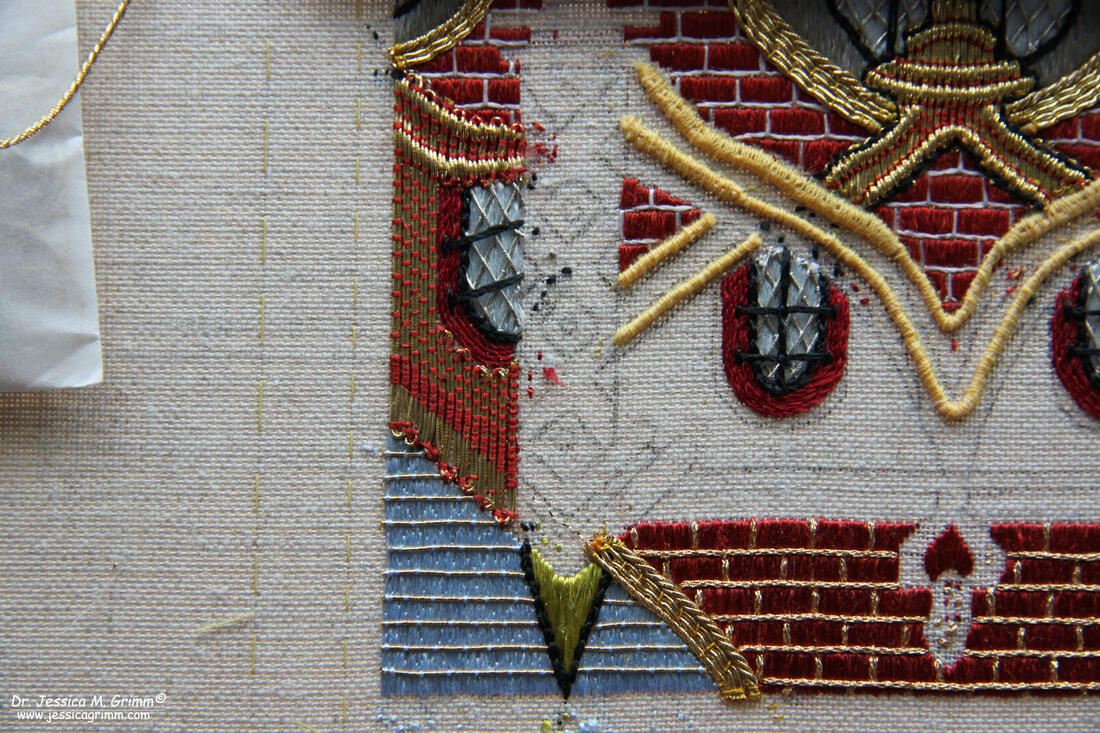
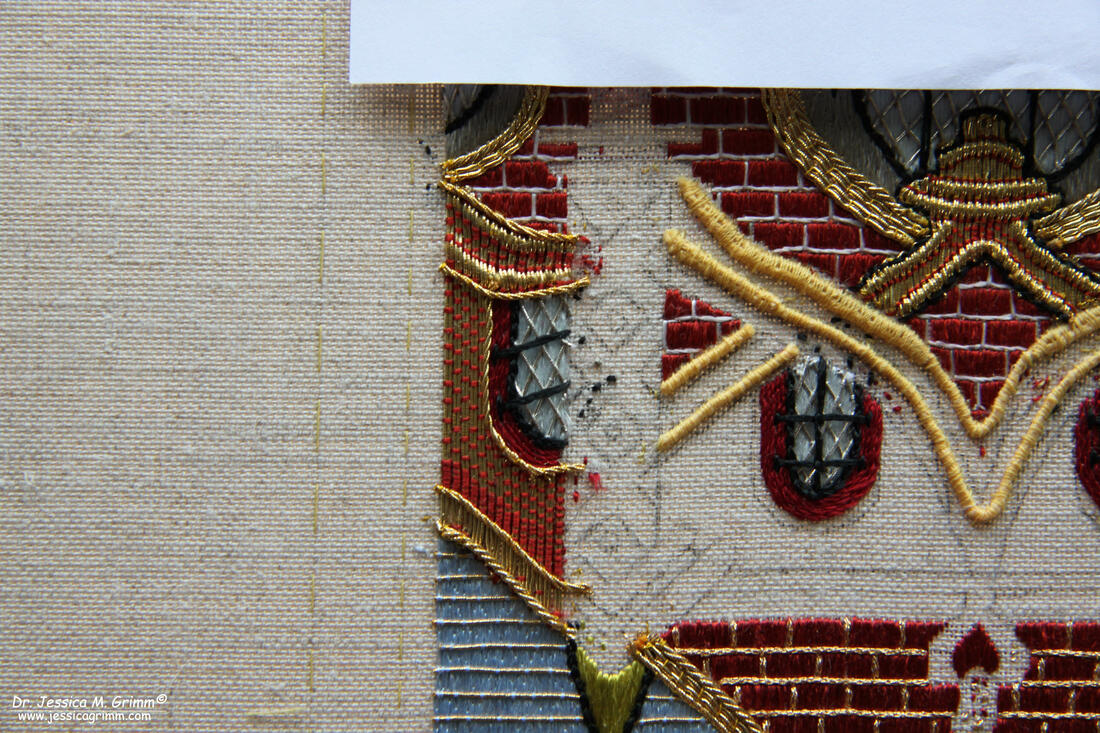
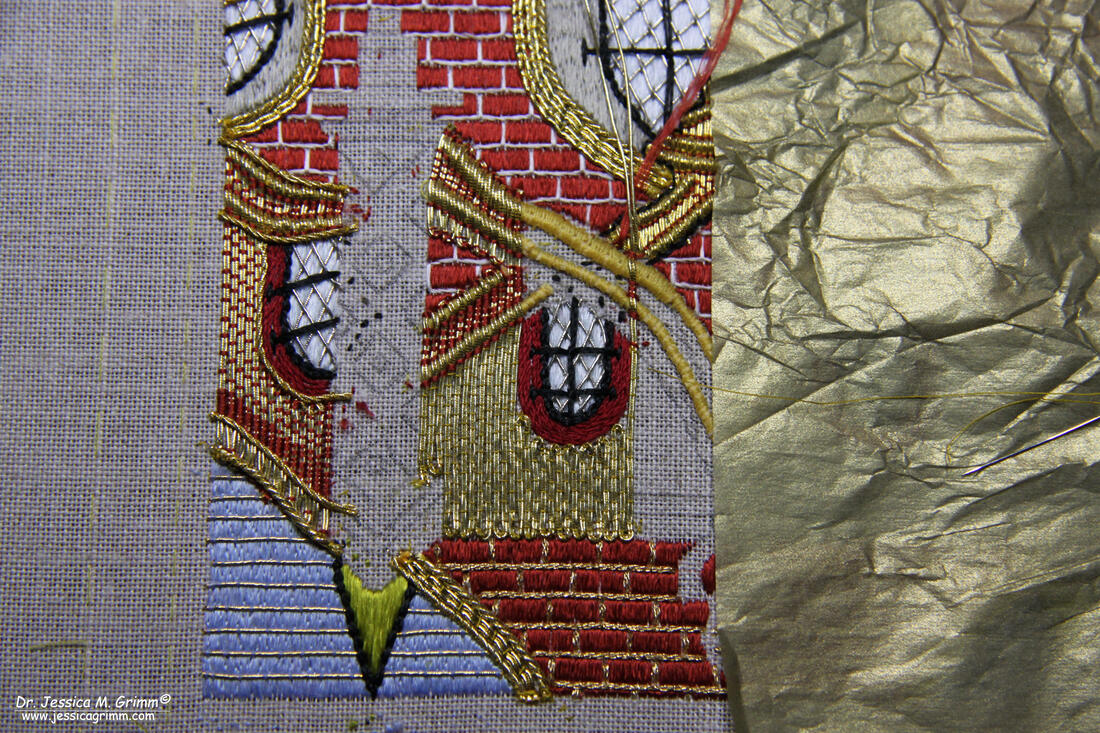
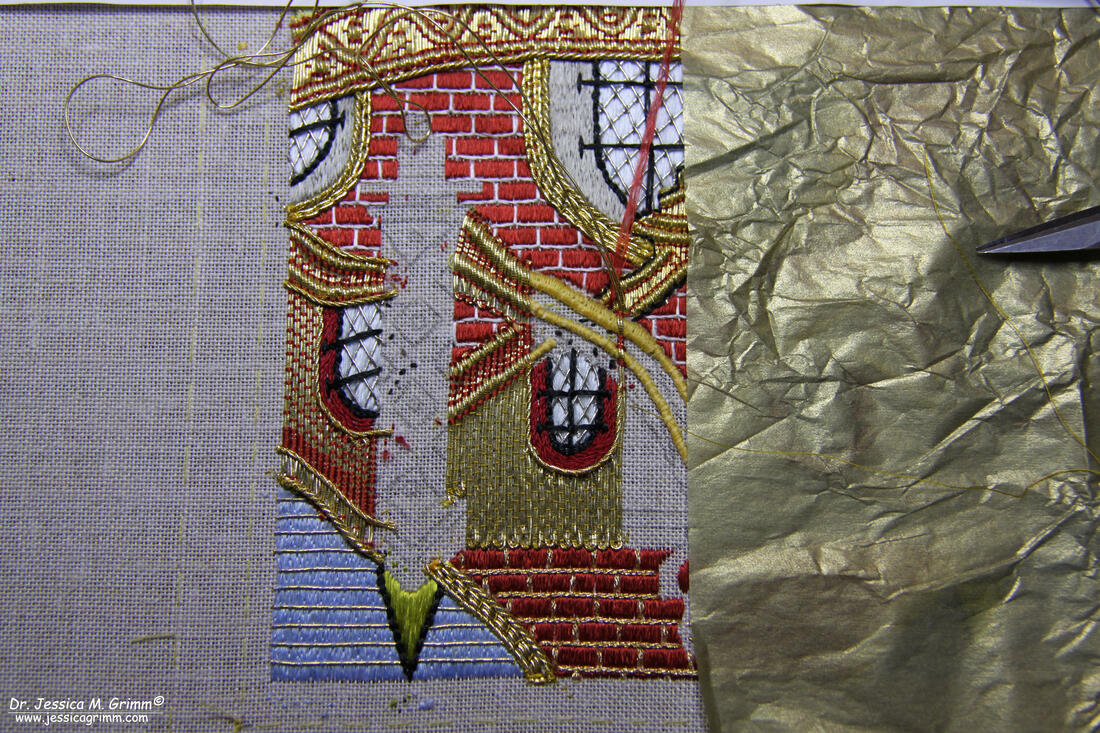
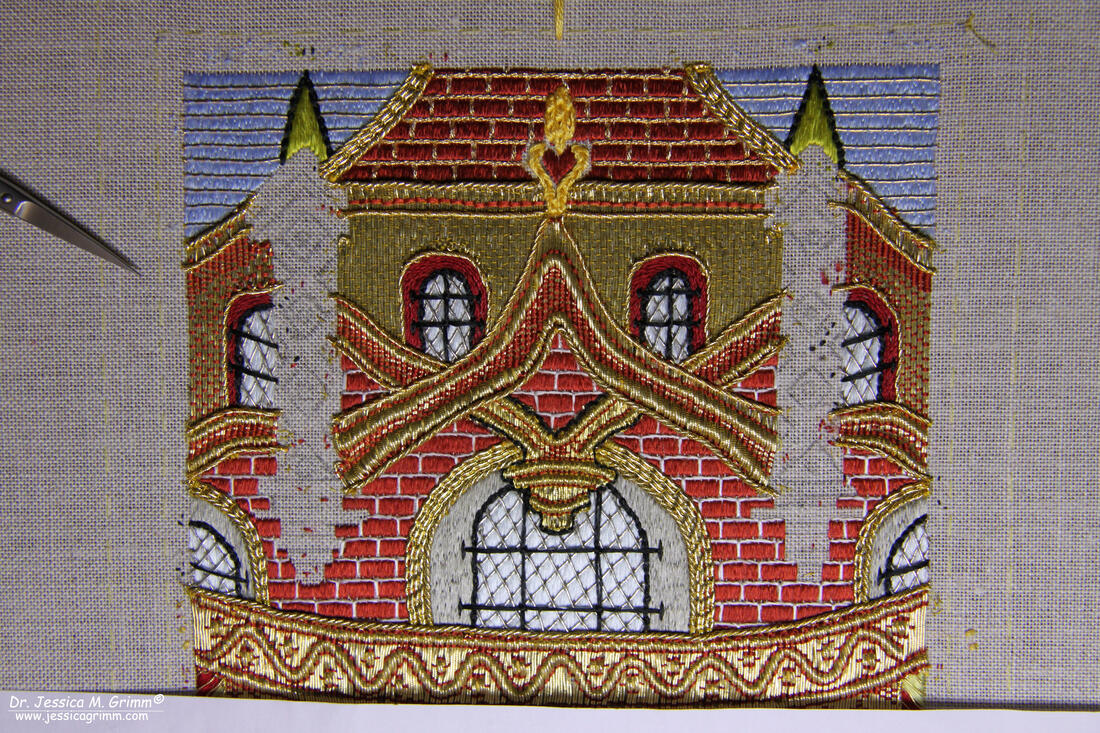
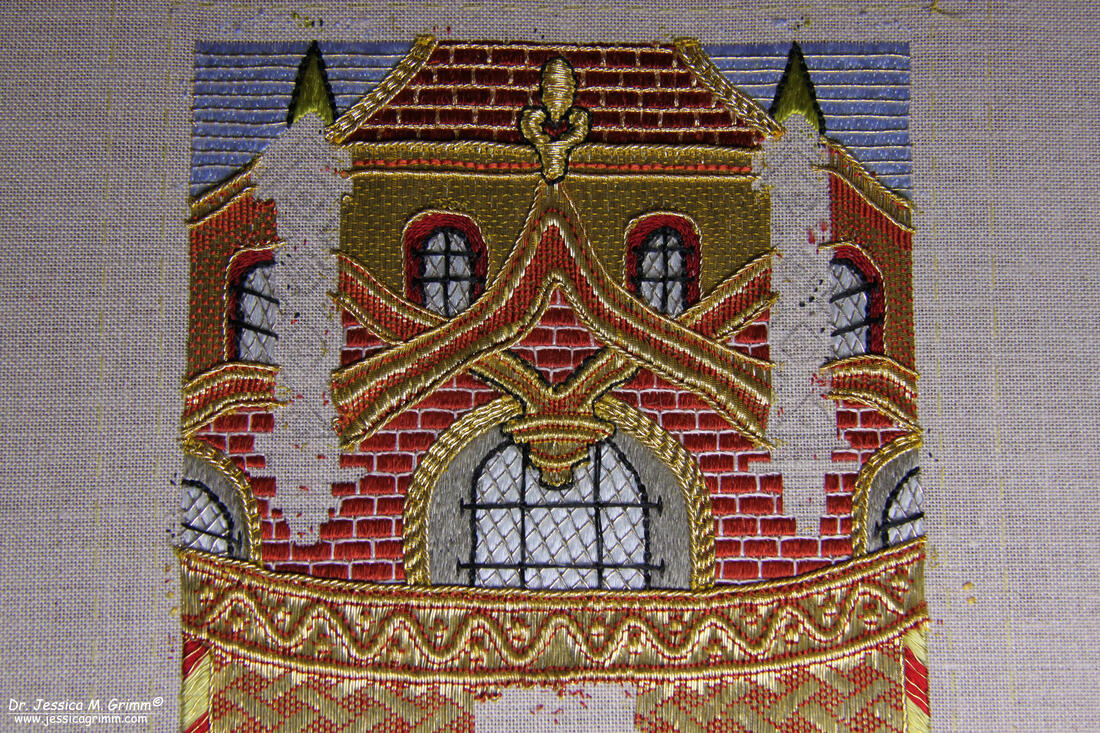
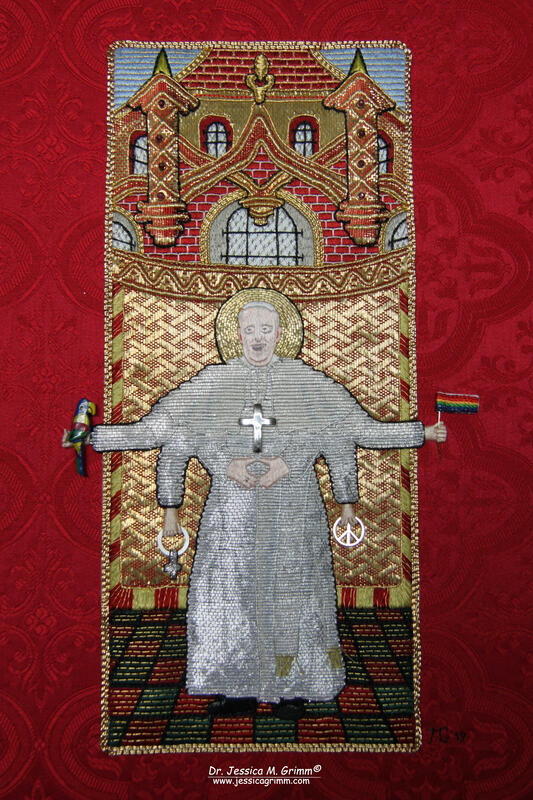
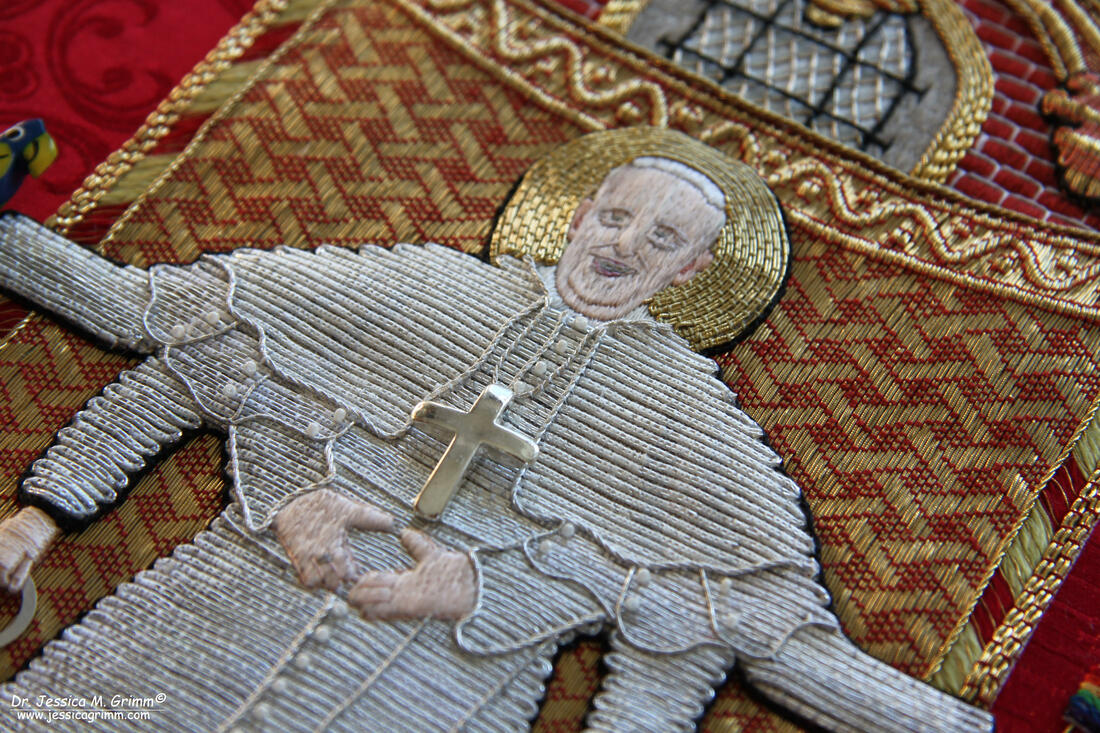
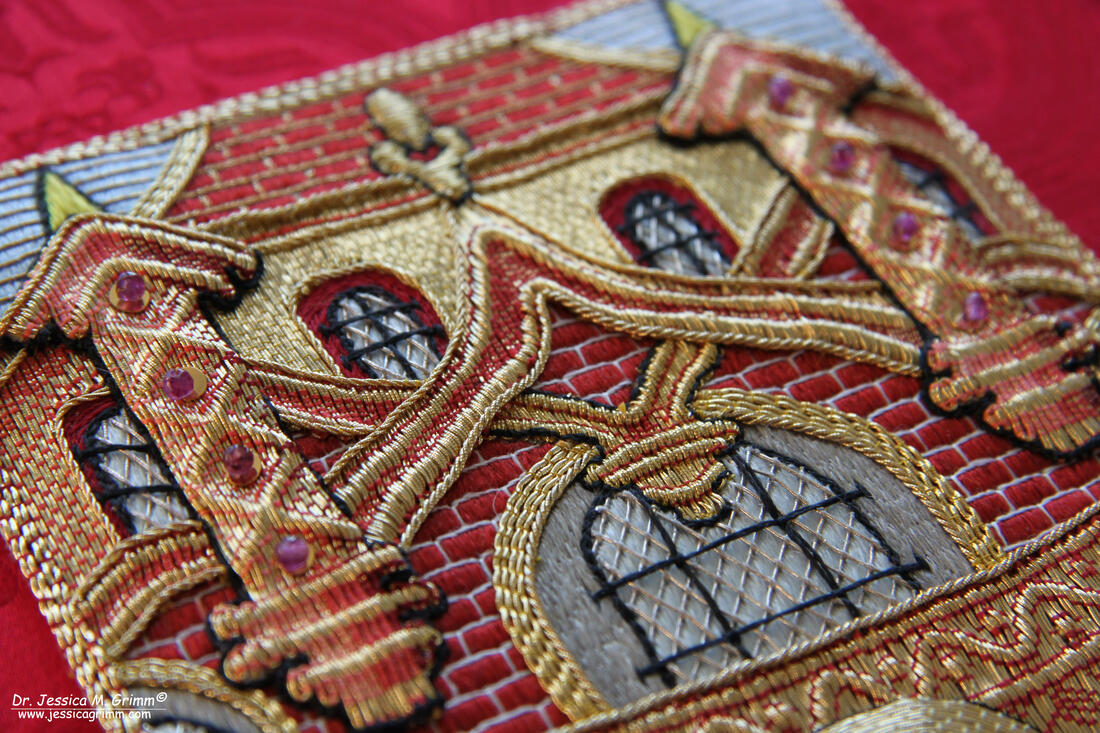
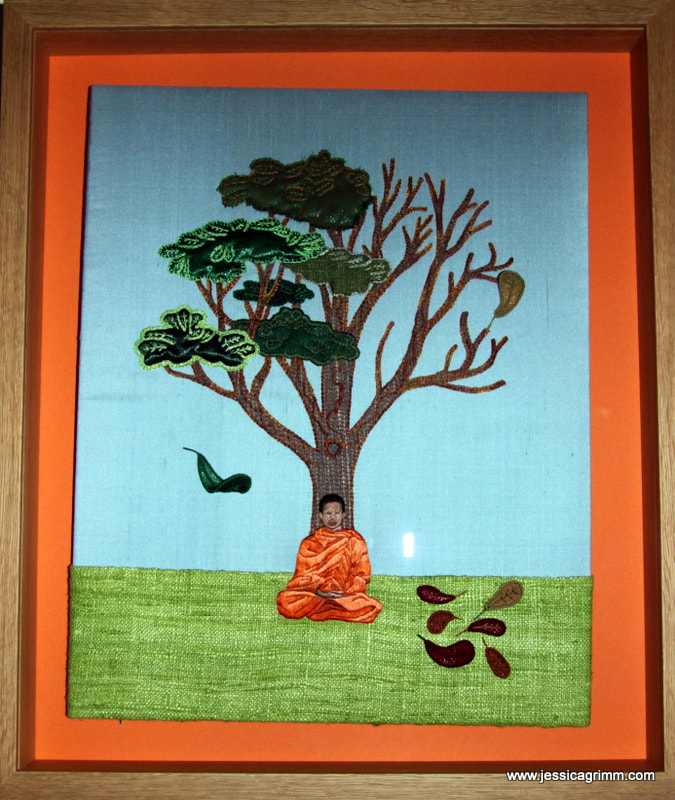
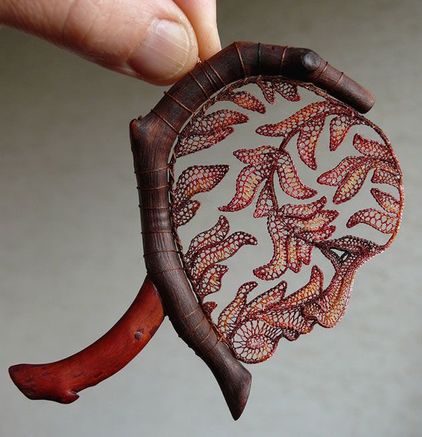
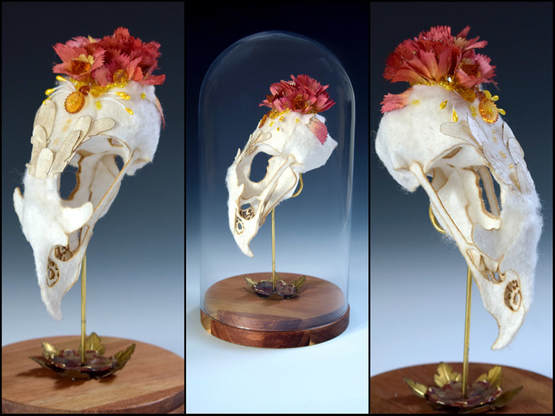
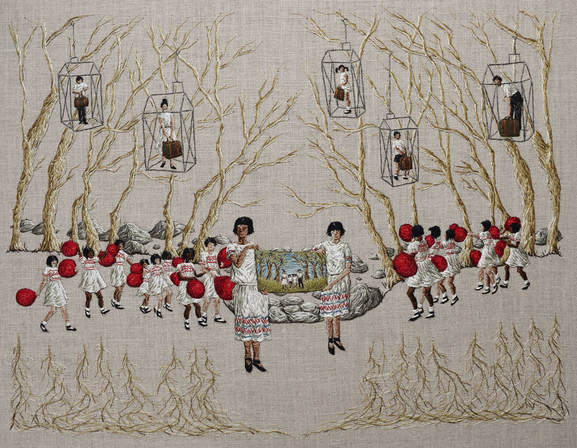
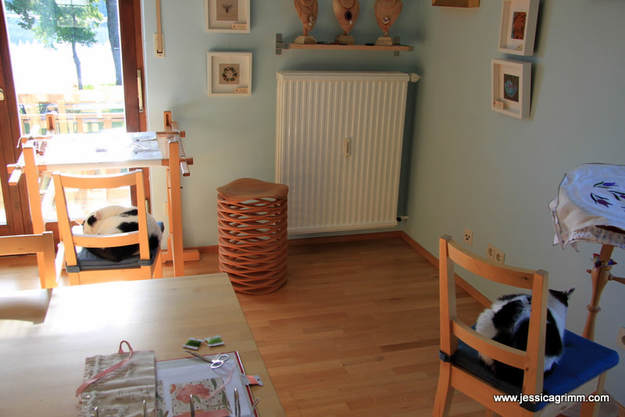
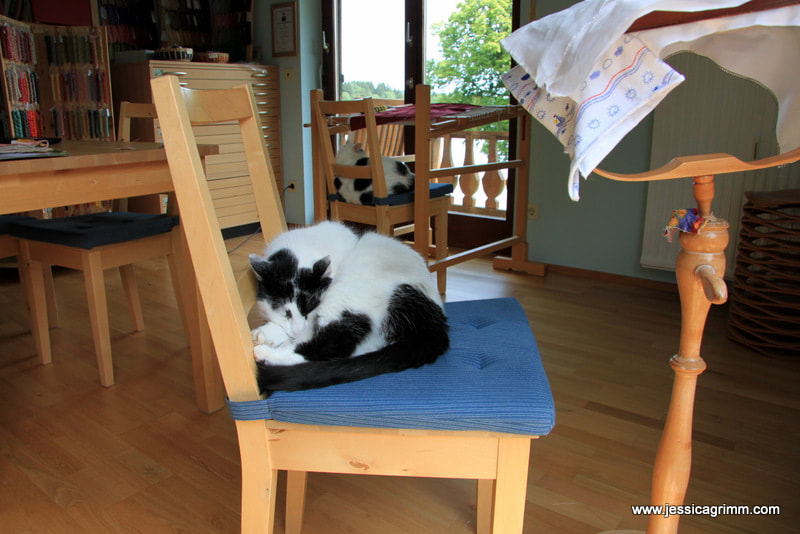





 RSS Feed
RSS Feed